
Where We Be
| Getting to participate in an actual Japanese tea ceremony was awesome. Without Yuko's help we would have been at a complete loss. The waitress bowed to the ground as she was serving us. There was an elaborate process of turning the green tea bowl a certain direction before drinking, then turning it away again after drinking. We were supposed to sit with our legs tucked directly beneath us – not very comfortable! I would have preferred to sit cross-legged but this was clearly a no-no. The tea came with tiny cakes that Yuko told us were locally famous -- they tasted a bit like marzipan. |
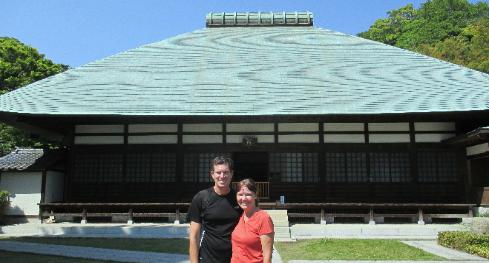
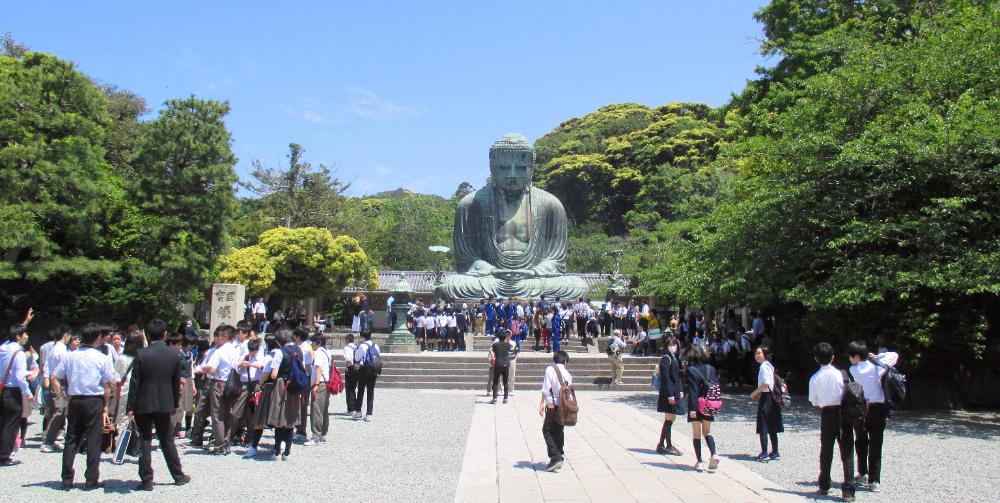
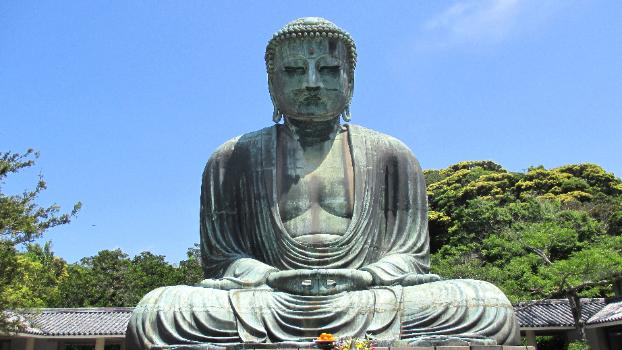
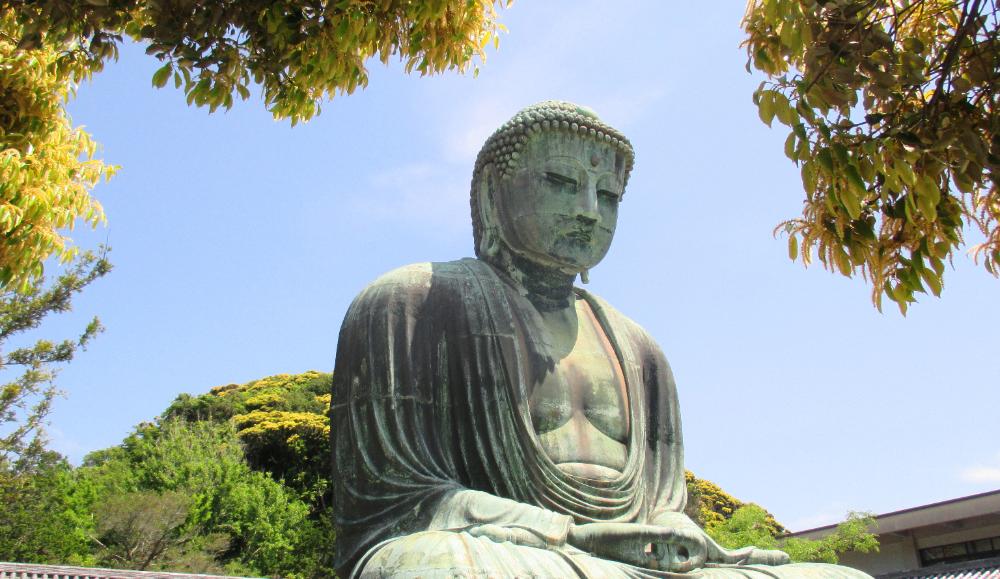
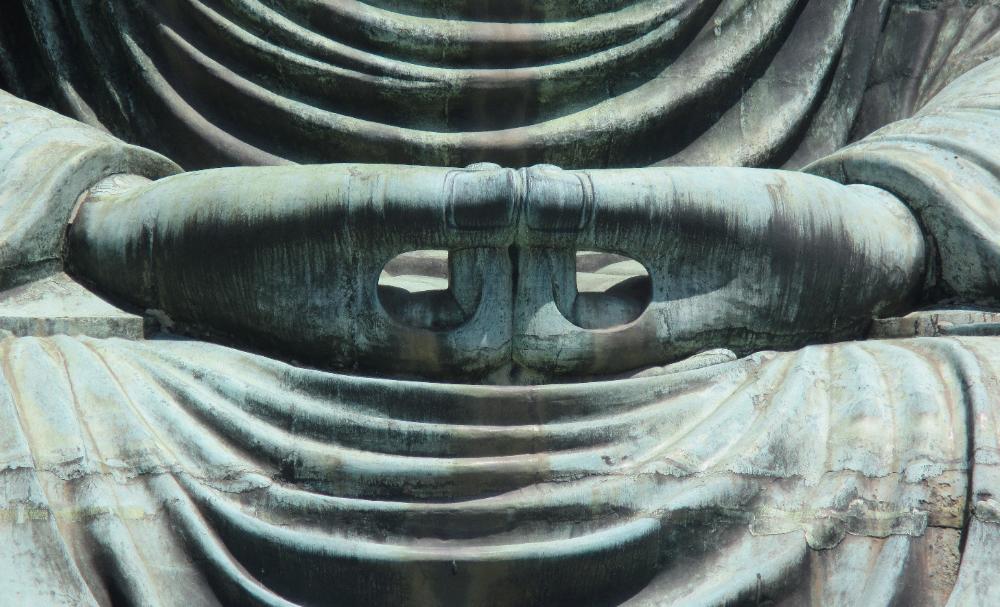
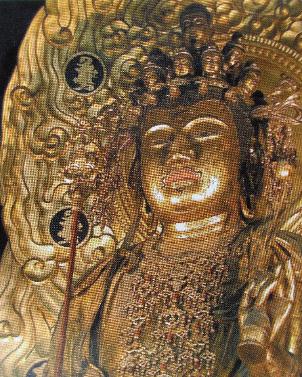
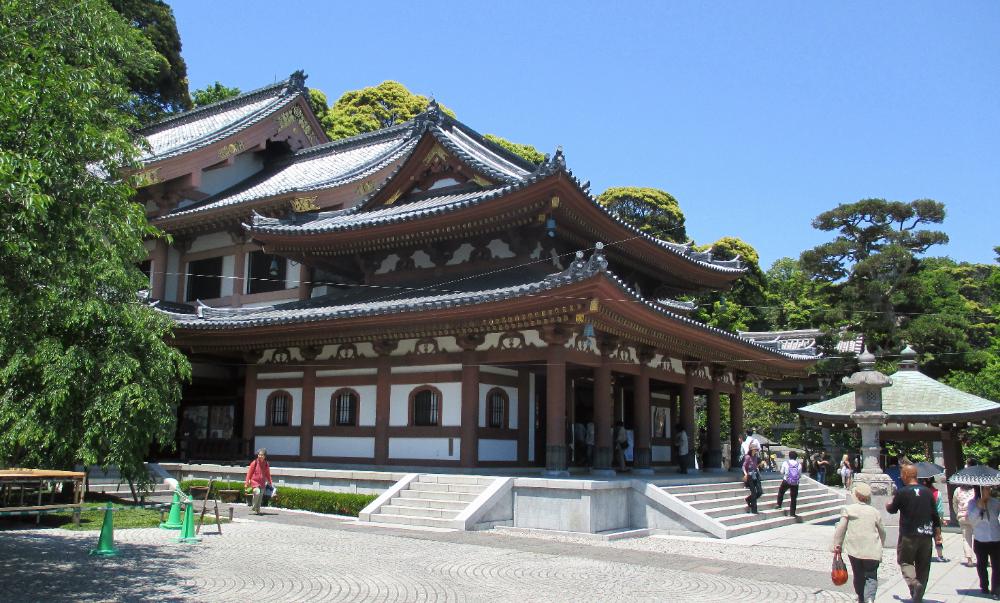
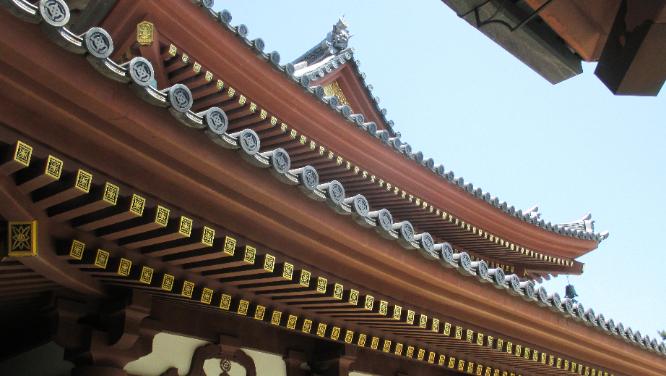
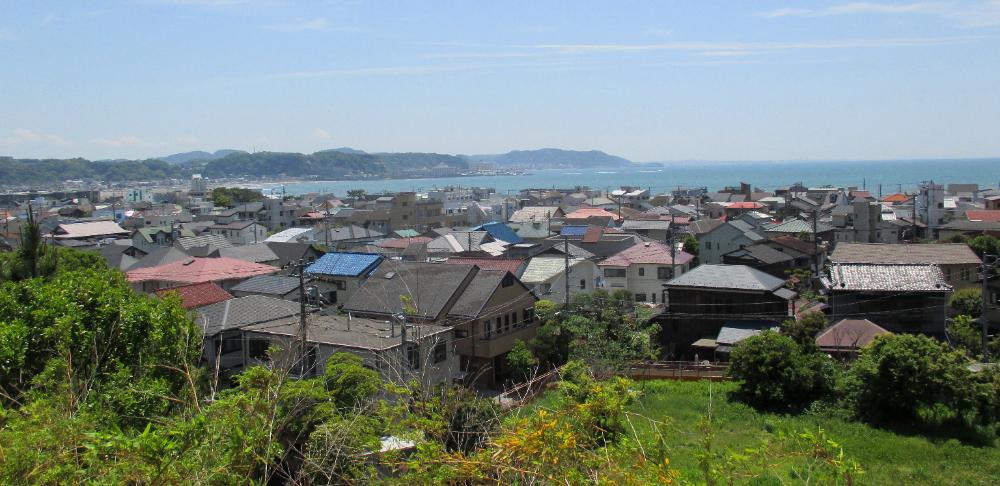
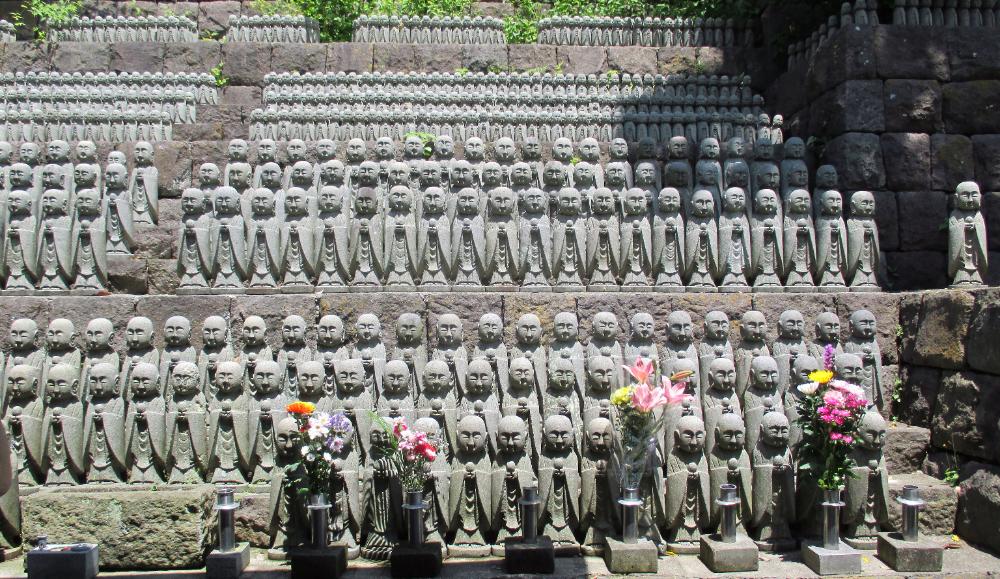
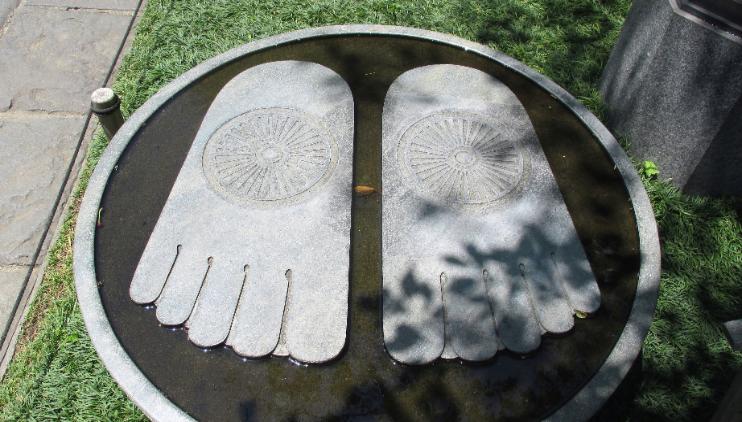
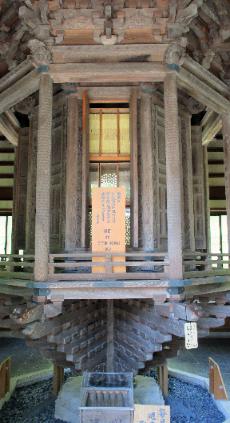
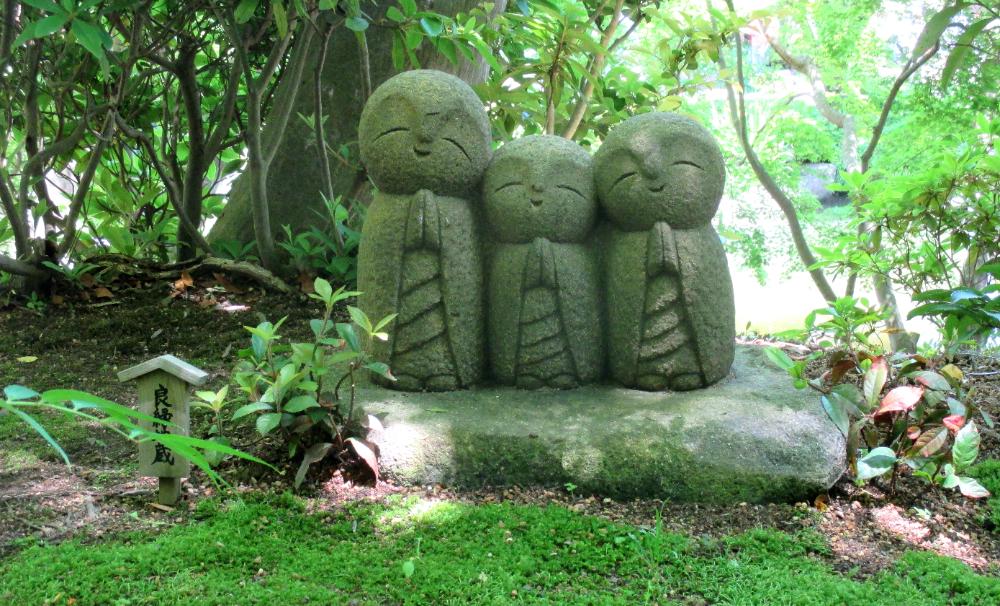
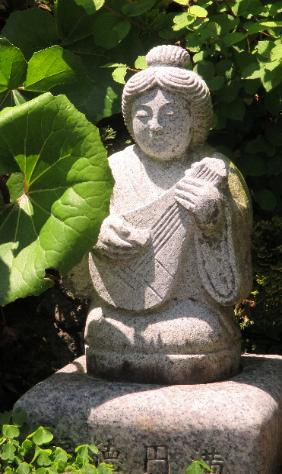
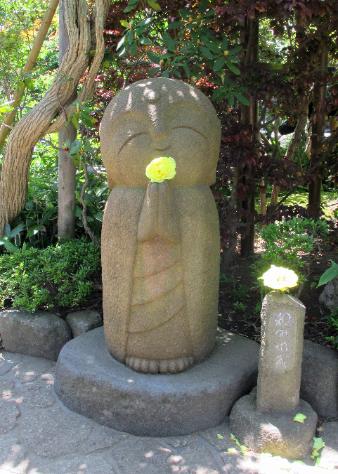
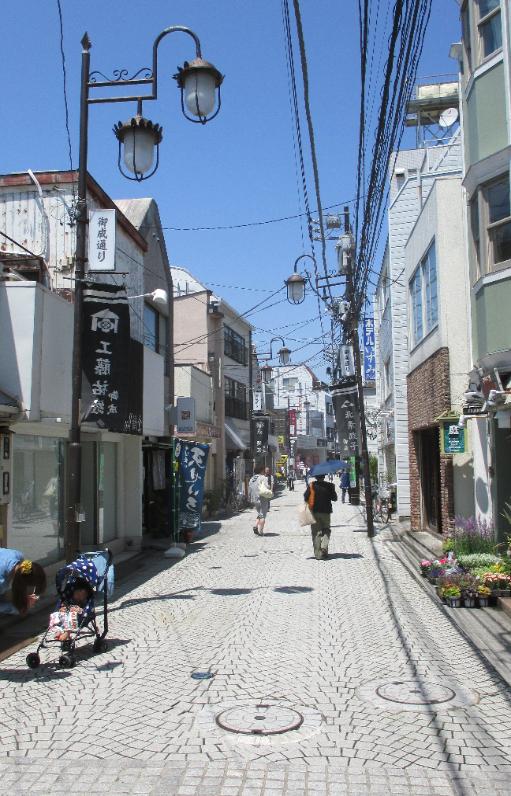
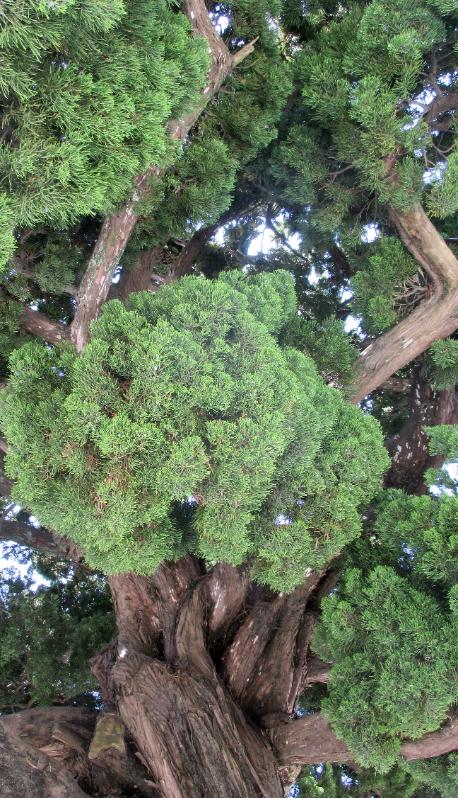
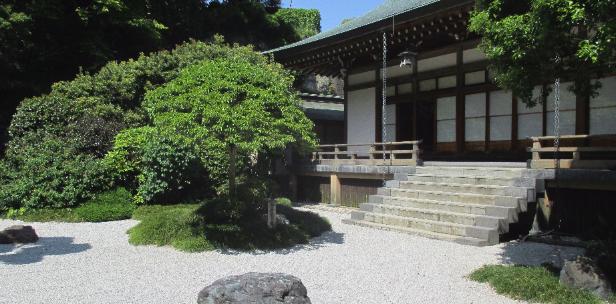
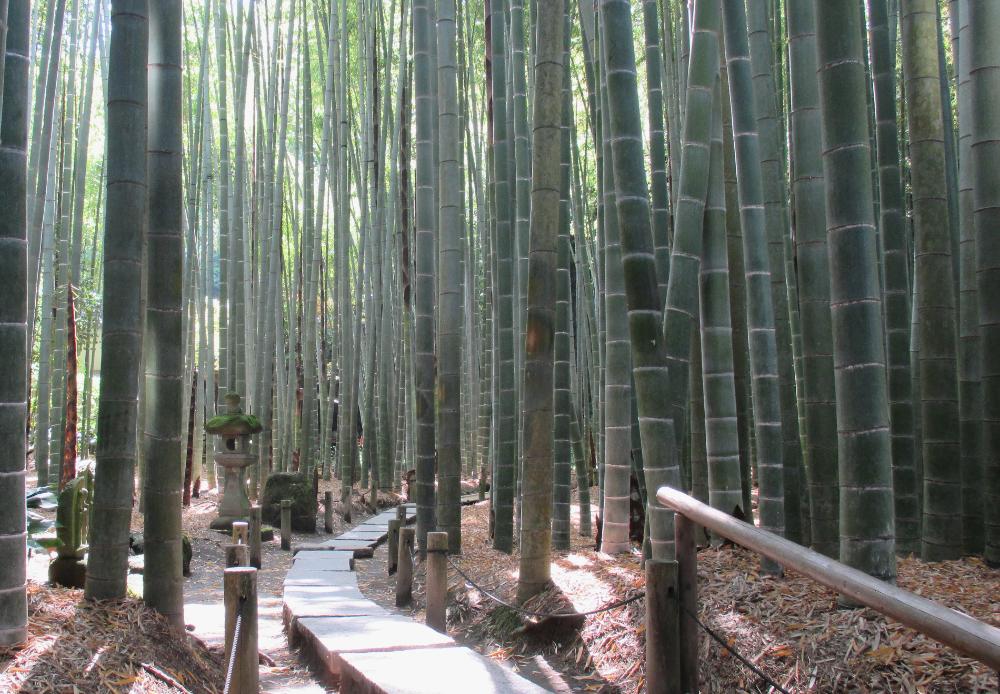
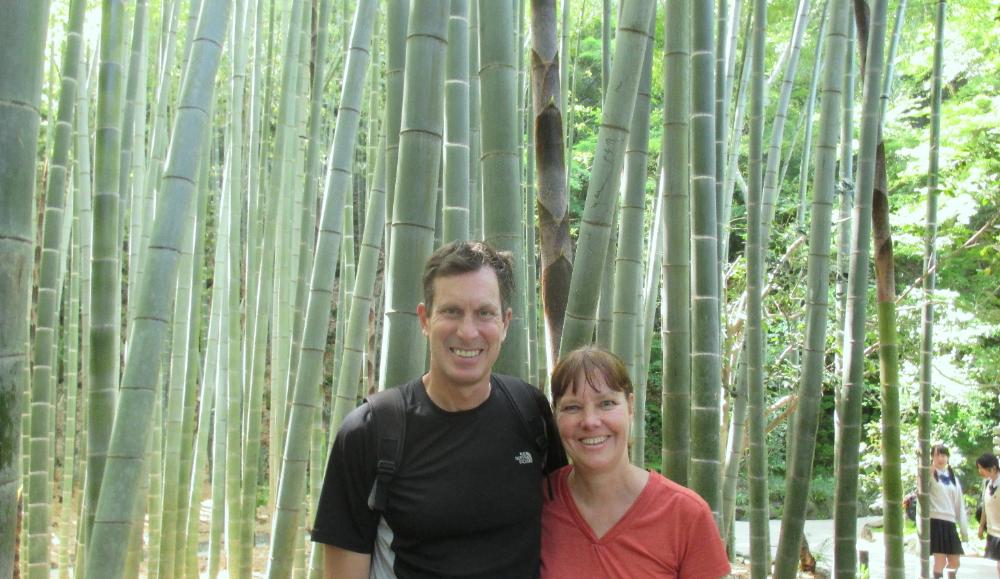
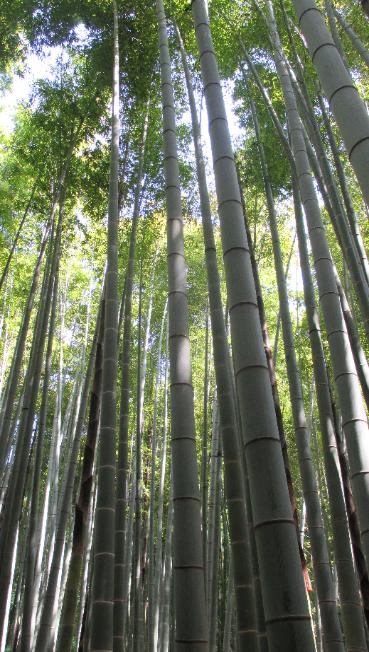
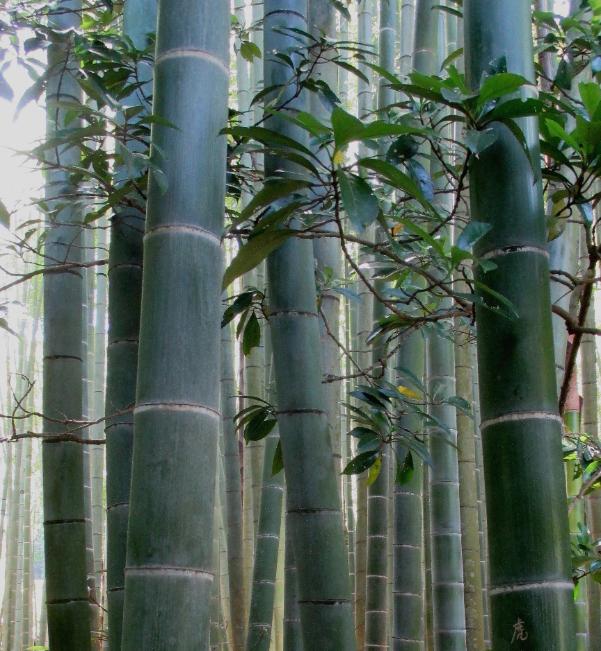
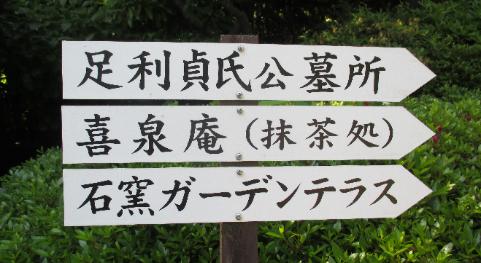
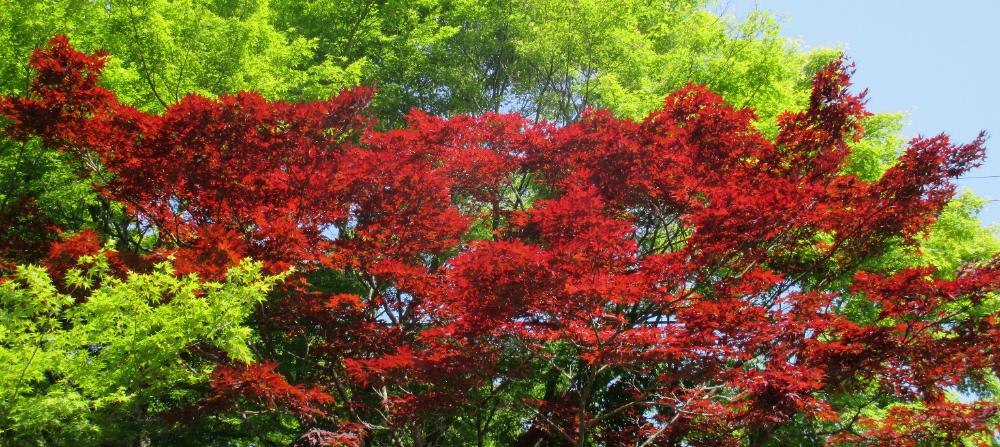
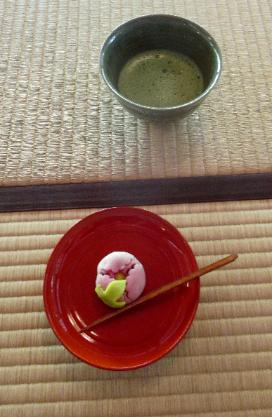
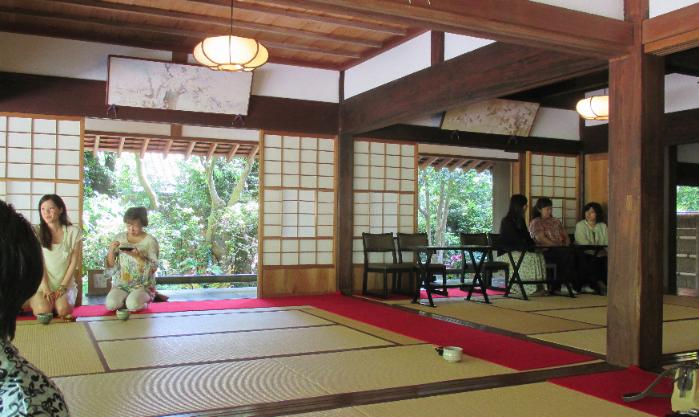
| This Daibutsu, or Great Buddha, has become an iconic symbol of Japan and is the first attraction most people visit when coming to Kamakura |
| Kamakura, Japan |
We took a one-hour train ride to Kamakura, a
coastal town on the southern outskirts of Tokyo
famous for its natural setting and many temples.
We walked a half hour from the station to the
city's premier tourist attraction -- the Daibutsu,
or Great Buddha, seated in a lotus position and
looking serious but at peace. You can even go
inside the Buddha (!) to see how it was made.
Nearby is Hasedera Temple, which offers views
of the bay and contains hundreds of charming
statues. From there we walked a loooong way to
Hokokuji Temple at the other end of town. Along
the way we met a Japanese woman named Yuko
who joined us for the rest of the day. We walked
together through the lovely bamboo forest for
which Hokokuji Temple is best known. Then we
continued on to nearby Jomyoji Temple, where
Yuko invited us to join her for green tea at a
traditional Japanese tea ceremony -- a terrific
way to finish our day.
coastal town on the southern outskirts of Tokyo
famous for its natural setting and many temples.
We walked a half hour from the station to the
city's premier tourist attraction -- the Daibutsu,
or Great Buddha, seated in a lotus position and
looking serious but at peace. You can even go
inside the Buddha (!) to see how it was made.
Nearby is Hasedera Temple, which offers views
of the bay and contains hundreds of charming
statues. From there we walked a loooong way to
Hokokuji Temple at the other end of town. Along
the way we met a Japanese woman named Yuko
who joined us for the rest of the day. We walked
together through the lovely bamboo forest for
which Hokokuji Temple is best known. Then we
continued on to nearby Jomyoji Temple, where
Yuko invited us to join her for green tea at a
traditional Japanese tea ceremony -- a terrific
way to finish our day.
| A tsunami in the 1400s destroyed the temple that once housed the Great Buddha, but amazingly, the statue itself survived and has remained outdoors ever since |
| Closeup of the Great Buddha's hands folded in meditation |
| This is the main building of Hasedera Temple -- one of the great Buddhist temples in Kamakura |
| Inside is a huge, gold-gilded statue of Kannon -- one of the largest wooden statues in Japan at nearly 10 m (30 ft) tall. The statue depicts ten small heads popping out of the main Buddha head! Each head is said to represent a different phase in the search for enlightenment. |
| The temple commands an impressive view over Kamakura’s bay -- if you can see past all the houses |
| Hasedera Temple is home to hundreds of small Jizo statues placed here by parents mourning the loss of a child. The statues are replaced yearly, and it's estimated some 50,000 have been placed here since World War II. |
| This is a rotating sutra book rack |
| We particularly enjoyed the whimsical statues set in natural surroundings all around Hasedera Temple |
| These three look like Precious Moments statues about to break into song |
| Komachi-Dori is a pleasant pedestrian shopping street near the train station where we paused for lunch. Then we continued walking quite a long way to our next temple. |
| On our way to Hokokuji (the main hall of which is shown above), we were feeding some carp in a river with some leftover muffin crumbs when we struck up a conversation with Yuko, a wonderful Japanese woman who ended up joining us for the rest of our day. |
| Hokokuji is best known for its gorgeous bamboo grove. An inviting walking path beckons you in. |
| The temple is also called Take-dera ("bamboo temple") for obvious reasons -- about 2000 thick moso bamboos grow here |
| What a pleasure to take a stroll here with the sunlight streaming through the leaves |
| We were surprised at the proliferation of red trees at Jomyoji and elsewhere in the springtime -- these look like fall colors to our eyes |
| Yuko invited us to join her at Jomyoji Temple for green tea as part of a traditional Japanese tea ceremony |
| The site, known as Kotoku-in, was packed with field trippers when we visited. The size of the Buddha becomes evident when compared to the people standing at its base. |
| DAIBUTSU |
| HASEDERA TEMPLE |
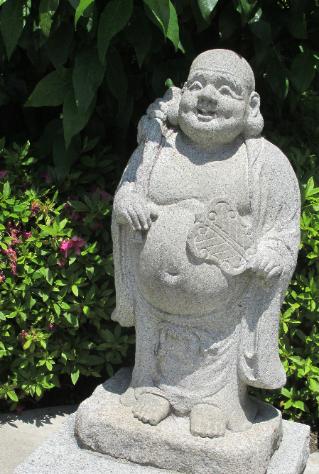
| Buddha certainly left his imprint on Japanese culture |
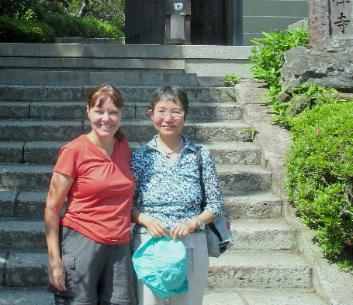
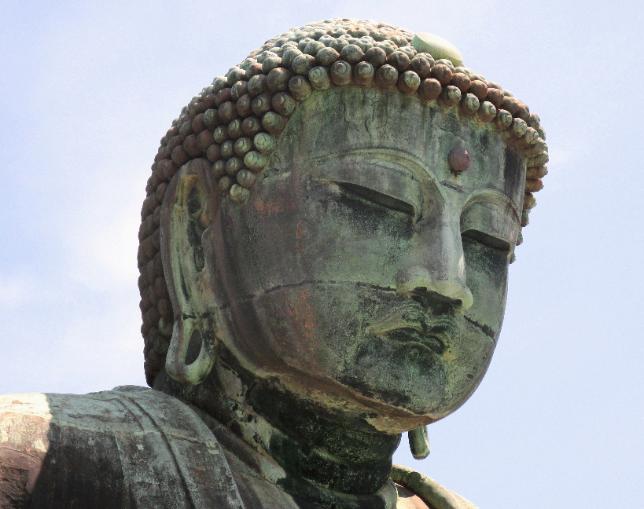
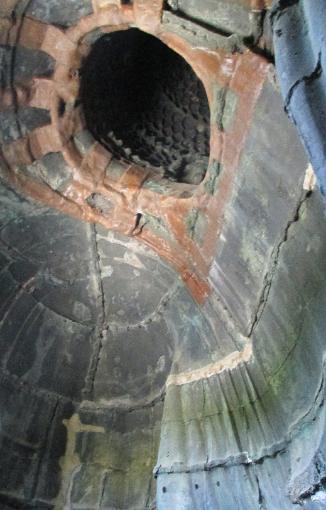
| You can climb inside the hollow statue to see how it was constructed and how it has since been reinforced. Apparently even today it's something of a mystery how such a large statue was cast back in 1252 AD. |
| HOKOKUJI TEMPLE |
| JOMYOJI TEMPLE |
| Some of the signage was be a bit taxing for Westerners who don't speak Japanese, so we were glad for Yuko's help |